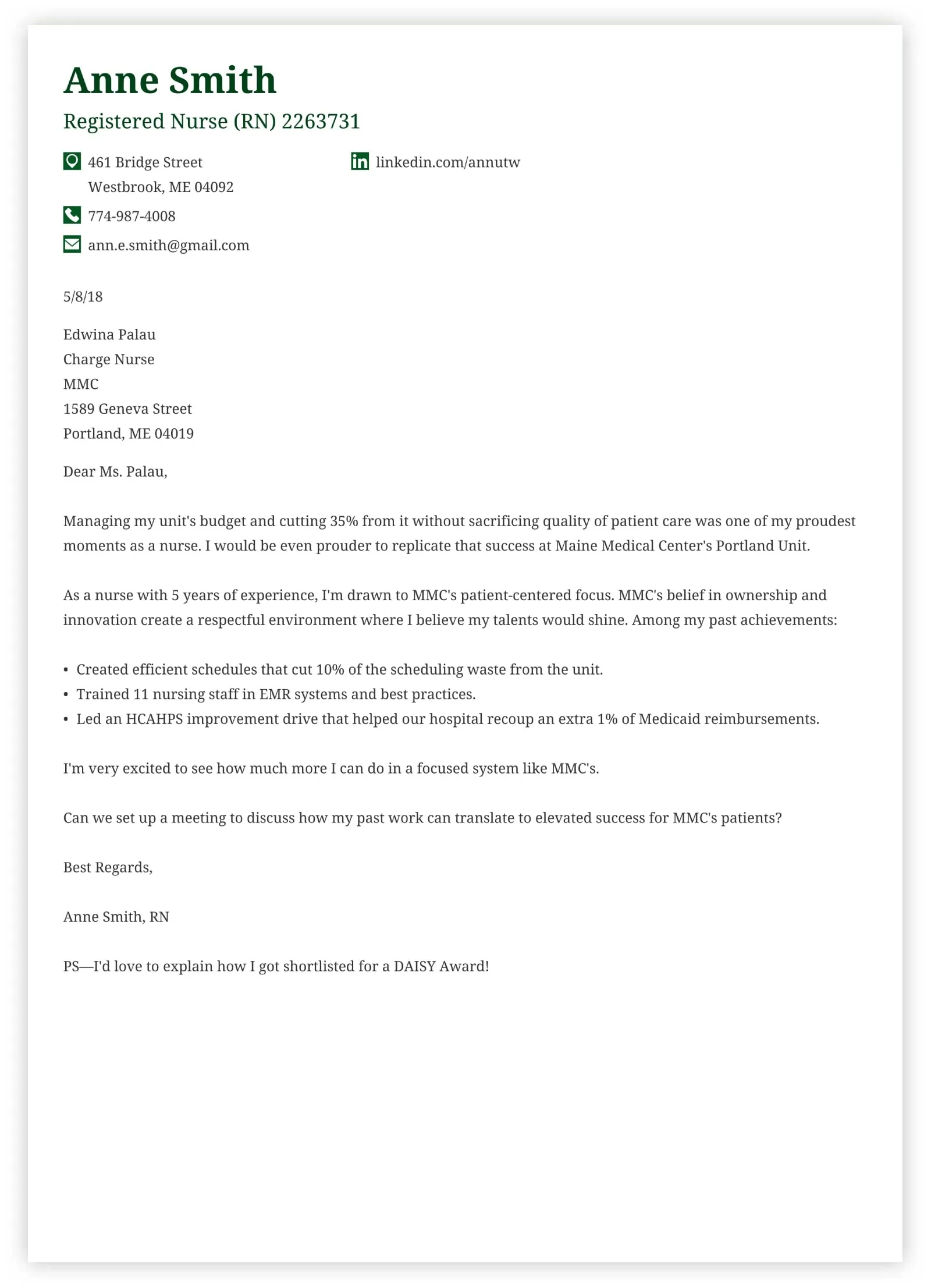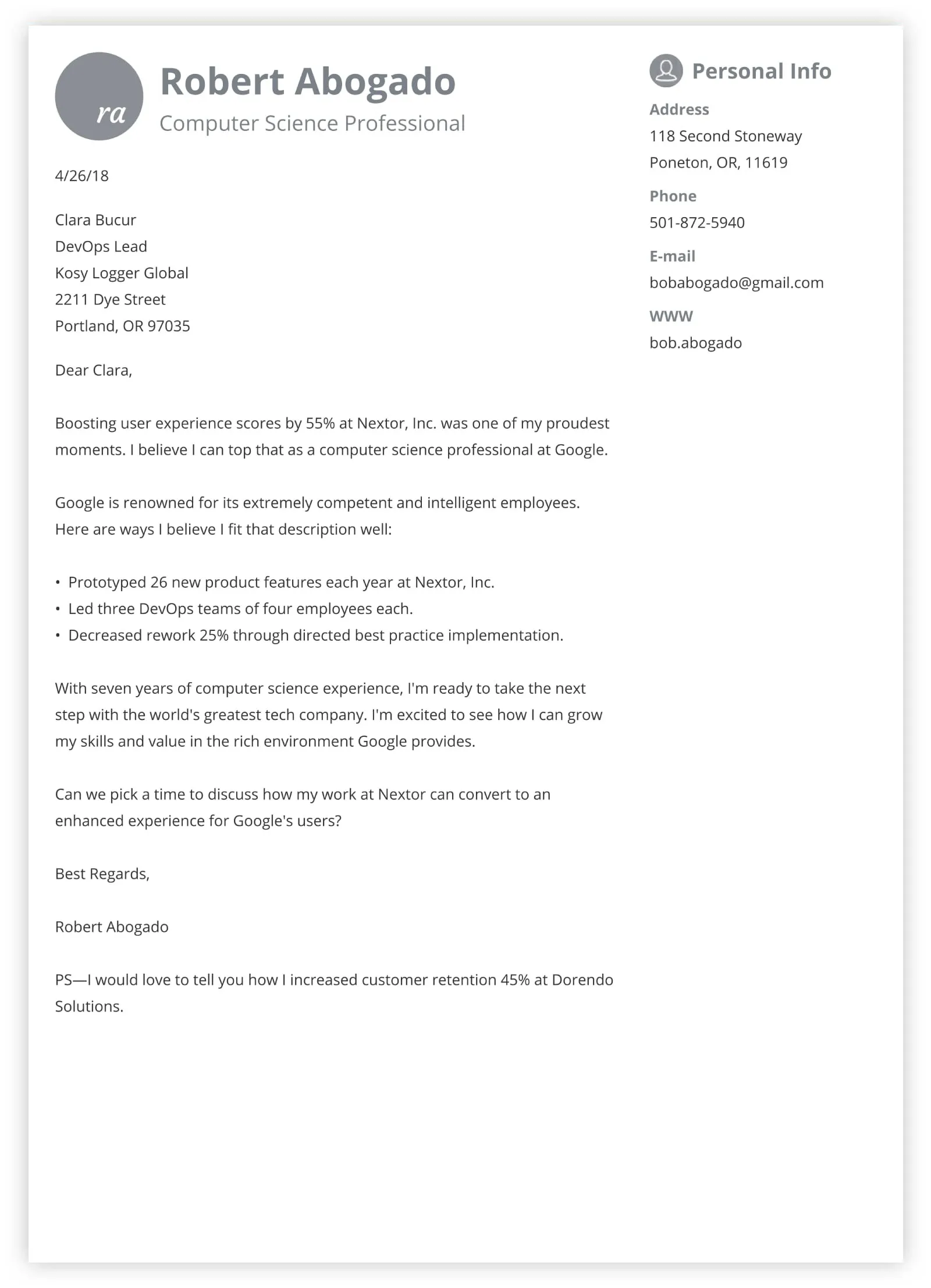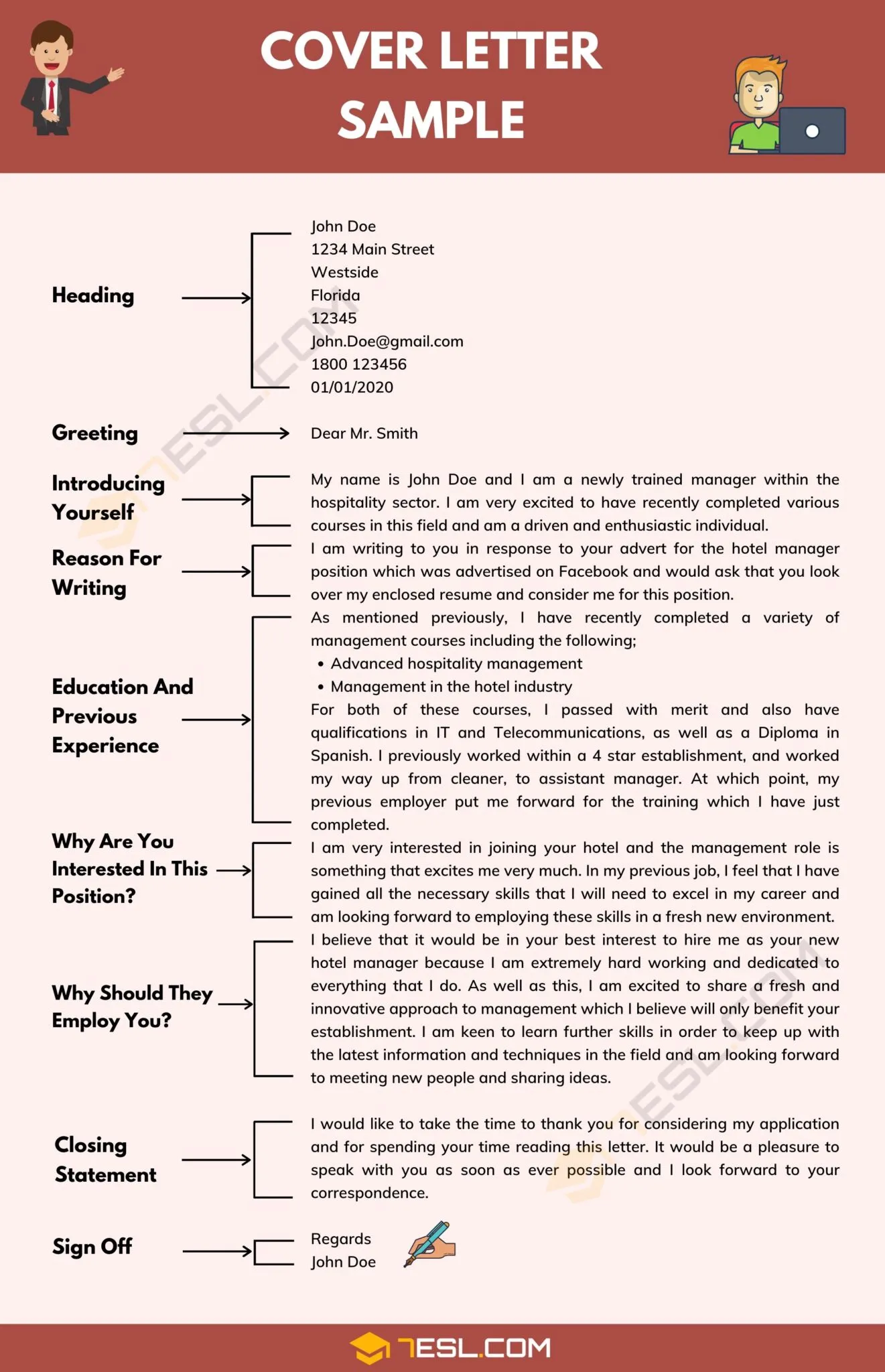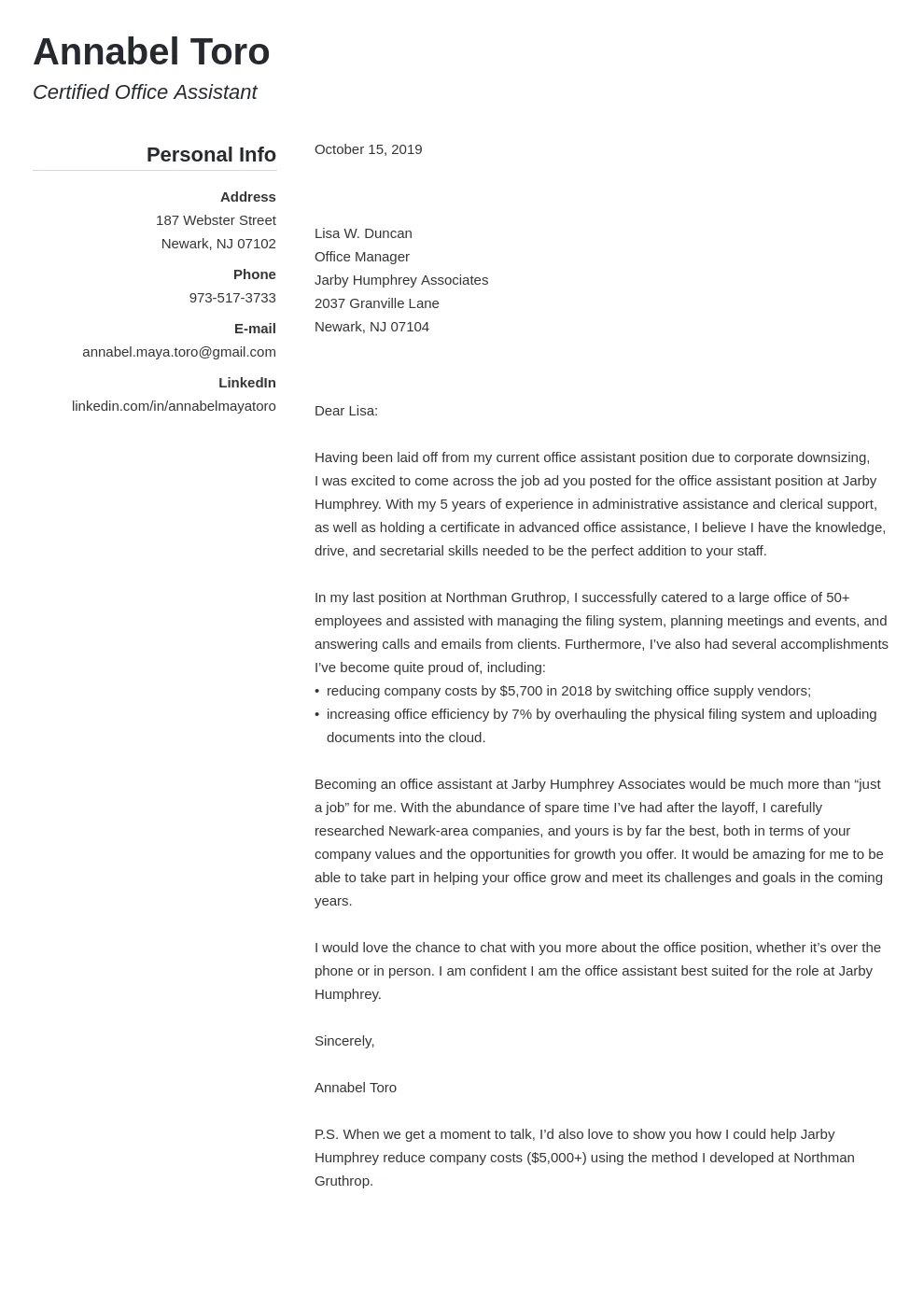Understanding SEO Fundamentals
SEO, or Search Engine Optimization, is the practice of optimizing your website to rank higher in search engine results pages (SERPs). This ultimately increases organic (unpaid) traffic to your website. Implementing effective SEO strategies is essential for any website aiming to gain visibility, attract potential customers, and achieve online success. The core principles of SEO involve understanding how search engines like Google crawl, index, and rank websites. By aligning your website’s structure, content, and technical aspects with these principles, you can significantly improve your search engine rankings and drive valuable traffic to your site. A well-executed SEO strategy not only helps you rank higher but also enhances the user experience, making your website more accessible and user-friendly for visitors.
What is SEO
SEO encompasses a wide range of practices designed to improve your website’s visibility in search engine results. It’s not just about stuffing keywords; it’s about providing value to users and making your site easily navigable for search engine crawlers. Key components of SEO include keyword research, on-page optimization, off-page optimization, technical SEO, and content creation. Each element plays a crucial role in determining your website’s ranking and overall online performance. The goal is to make your website the most relevant and authoritative source for the search queries your target audience is using. Effective SEO requires continuous monitoring, analysis, and adaptation as search engine algorithms evolve.
How Search Engines Work

Search engines like Google use complex algorithms to crawl, index, and rank websites. Crawling involves bots that explore the internet, following links to discover new content. Indexing is the process where search engines store and organize this content, making it searchable. Ranking is how search engines determine the order in which websites appear in search results, based on relevance, authority, and user experience. Understanding these processes is crucial for optimizing your website effectively. Factors such as website structure, content quality, and backlinks significantly influence how search engines perceive and rank your site. By optimizing for these factors, you improve your chances of appearing higher in search results, leading to increased visibility and traffic.
Why SEO Matters
SEO is vital because it boosts organic visibility, driving targeted traffic to your website. Unlike paid advertising, organic traffic is ‘free’ – meaning you don’t pay for each click, which can provide a sustainable long-term advantage. Higher rankings increase brand credibility, as users often trust websites that appear at the top of search results. Moreover, SEO improves user experience, making your website more accessible, faster, and easier to navigate, which encourages longer visits and lower bounce rates. Ultimately, SEO is a cost-effective marketing strategy that yields high returns by attracting qualified leads and increasing conversions. Investing in SEO establishes a strong online presence and helps you stay ahead of the competition.
Keyword Research and Analysis
Keyword research is the foundation of any successful SEO strategy. It involves identifying the terms and phrases your target audience uses when searching for information, products, or services. The goal is to understand what your potential customers are searching for, and how you can create content that meets their needs and ranks well in search results. Effective keyword research helps you create relevant content, optimize your website, and target the right audience. Tools and techniques used in keyword research involve analyzing search volume, competition, and user intent to select keywords that offer the best opportunities for ranking and driving traffic.
Finding the Right Keywords

To find the right keywords, start by brainstorming topics relevant to your business. Then, use keyword research tools (like Google Keyword Planner, SEMrush, or Ahrefs) to generate a list of related keywords. Look for keywords with high search volume and low competition, but don’t overlook long-tail keywords (longer, more specific phrases) as they often have lower competition and higher conversion rates. Consider user intent when selecting keywords—are they looking to buy something, learn something, or find a specific piece of information? Aligning your content with user intent ensures you attract the right audience and provide valuable information, which can improve your rankings and user engagement.
Keyword Research Tools
Several tools can help you conduct effective keyword research. Google Keyword Planner provides valuable data on search volume and trends, making it a starting point. SEMrush and Ahrefs offer in-depth analysis, including competitor research, keyword difficulty scores, and backlink analysis. Ubersuggest is another option, providing keyword suggestions and insights. These tools help you find relevant keywords, understand their search volume, analyze competitor strategies, and assess the difficulty of ranking for specific terms. Using a combination of these tools can provide a comprehensive view of keyword opportunities and help you create a well-rounded SEO strategy.
Analyzing Keyword Competition
Analyzing keyword competition involves evaluating how difficult it will be to rank for a particular keyword. Factors to consider include the number and authority of websites already ranking for the keyword, the quality of their content, and the strength of their backlinks. Use SEO tools to assess keyword difficulty scores, which estimate the effort required to rank in the top results. Look for keywords with moderate competition where you can realistically compete. Targeting less competitive, long-tail keywords can be a good strategy for beginners, as it increases the chances of ranking quickly and driving targeted traffic. Understanding your competition is vital for setting realistic goals and developing effective SEO strategies.
On-Page Optimization Techniques

On-page optimization refers to the practice of optimizing elements within your website to improve its search engine rankings. This includes optimizing title tags, meta descriptions, header tags, content, images, and internal linking. These optimizations help search engines understand what your website is about and how it relates to users’ search queries. Effective on-page optimization enhances user experience by making your website more accessible and user-friendly. Regularly reviewing and updating these elements ensures your website remains optimized as search engine algorithms evolve. Consistent on-page optimization is fundamental for attracting organic traffic and achieving high rankings.
Title Tags and Meta Descriptions
Title tags and meta descriptions are crucial on-page elements that appear in search results. The title tag is the HTML element that specifies the title of a webpage and should include the primary keyword. A compelling title tag is concise, descriptive, and enticing, attracting clicks from users. The meta description provides a brief summary of the page’s content, encouraging users to visit your website. It should also include relevant keywords and a clear call to action. Both title tags and meta descriptions influence click-through rates, which in turn can impact your search rankings. Make sure each page has a unique and well-optimized title tag and meta description to stand out in search results.
Header Tags Optimization
Header tags (H1 to H6) structure your content and improve readability for both users and search engines. The H1 tag is typically used for the main heading of your page, while subsequent tags (H2, H3, etc.) create a hierarchical structure. Use header tags to organize your content logically, making it easy for readers to scan and understand. Incorporate relevant keywords in your header tags to signal the topic of each section to search engines. Properly structured header tags not only improve user experience but also help search engines understand the context and relevance of your content. Consistent use of header tags contributes to better SEO and improves the overall usability of your website.
Content Optimization Strategies

Content is the cornerstone of SEO. High-quality, informative, and engaging content is essential for attracting and retaining users. Create content that addresses user intent and provides value to your audience. Optimize your content by incorporating relevant keywords naturally throughout the text, including in headings, subheadings, and body paragraphs. Use a mix of content formats such as text, images, videos, and lists to keep users engaged. Ensure your content is well-written, easy to read, and free of grammatical errors. Regularly update and refresh your content to keep it relevant and competitive. Fresh, high-quality content is a key factor in improving your search rankings and establishing your website as an authority in its niche.
Image Optimization
Optimizing images is crucial for improving your website’s speed and SEO. Compress images to reduce file sizes without significantly affecting quality. Use descriptive filenames and alt text for images, incorporating relevant keywords to help search engines understand the image’s content. Alt text is particularly important for accessibility, as it provides a text description for users with visual impairments. Make sure images are responsive, adapting to different screen sizes for optimal viewing on all devices. Properly optimized images contribute to a better user experience, faster loading times, and improved search rankings. Regularly review and optimize images to ensure they enhance your website’s overall performance.
Internal Linking Best Practices
Internal linking involves linking to other pages within your website. This practice helps users navigate your site, improves user experience, and allows search engines to discover and crawl your content more effectively. Use relevant anchor text (the clickable text) to link to other pages, signaling the content of the linked page to search engines. Internal linking also distributes link equity throughout your website, boosting the authority of important pages. Strategically link to related content, creating a network of interconnected pages that improve SEO. A well-structured internal linking strategy enhances your website’s overall SEO performance by improving both user experience and search engine understanding.
Off-Page Optimization

Off-page optimization involves activities outside of your website that influence your search rankings. The primary goal is to build your website’s authority, trustworthiness, and reputation. This is achieved through building high-quality backlinks, engaging in social media, and generating positive reviews. Off-page optimization complements on-page efforts to create a comprehensive SEO strategy. Building a strong online presence and engaging with your target audience are critical components of successful off-page SEO. Consistent efforts in off-page optimization contribute significantly to higher rankings and increased organic traffic.
Building High-Quality Backlinks
Backlinks are links from other websites to yours, acting as votes of confidence and signaling to search engines that your website is a credible and valuable resource. Building high-quality backlinks is essential for improving your search rankings. Focus on earning links from reputable websites in your niche, as these links carry more weight than links from low-quality or irrelevant sites. Strategies for building backlinks include creating shareable content, guest blogging, outreach to other websites, and participating in online communities. Avoid buying backlinks, as this practice can lead to penalties from search engines. Building a natural and diverse backlink profile over time is key to long-term SEO success.
Social Media and SEO
While social media links don’t directly impact search rankings in the same way backlinks do, social media plays a significant role in SEO. Social media helps increase brand visibility, drive traffic to your website, and engage with your target audience. Share your content on social media platforms to reach a wider audience and encourage engagement. Build a strong social media presence by consistently posting relevant content and interacting with your followers. Social media can indirectly improve your search rankings by increasing brand awareness and driving traffic, which can signal to search engines that your website is a valuable resource. Leverage social media to amplify your SEO efforts and build a stronger online presence.
Local SEO Strategies

Local SEO focuses on optimizing your website and online presence to rank higher in local search results. This is especially important for businesses that serve a local customer base. Strategies include optimizing your Google My Business profile, building local citations, and encouraging customer reviews. Effective local SEO helps you attract customers in your geographic area and drive foot traffic to your business. By targeting local keywords and optimizing for local search signals, you can improve your visibility in local search results and gain a competitive advantage in your market. Local SEO is crucial for businesses seeking to thrive in their local community.
Google My Business Optimization
Google My Business (GMB) is a free tool that helps businesses manage their online presence on Google, including Search and Maps. Optimizing your GMB profile is crucial for local SEO. Claim and verify your business listing, and fill out all the information accurately, including your business name, address, phone number (NAP), website, hours, and a detailed description of your business. Regularly update your profile with fresh content, photos, and videos. Encourage customers to leave reviews, as these can significantly impact your rankings and attract potential customers. A well-optimized GMB profile improves your visibility in local search results and drives more traffic to your website and physical location.
Local Citations and Reviews
Local citations are mentions of your business name, address, and phone number (NAP) on other websites, such as online directories, industry-specific websites, and local business listings. Building local citations helps improve your local search rankings and establish your business’s authority. Ensure your NAP information is consistent across all citations to avoid confusion for search engines and users. Encourage customers to leave positive reviews on Google and other review platforms, as reviews are a crucial factor in local search rankings. Respond to both positive and negative reviews, showing that you value customer feedback. Actively managing your online reputation through local citations and reviews is vital for local SEO success and attracting new customers.
Technical SEO Essentials

Technical SEO focuses on the behind-the-scenes aspects of your website that impact how search engines crawl, index, and rank your content. This includes optimizing website speed, ensuring mobile-friendliness, creating a sitemap, and using a robots.txt file. Technical SEO ensures that search engines can efficiently crawl and understand your website, leading to better rankings. Addressing technical issues can significantly improve your website’s overall performance. Regularly reviewing and updating technical aspects is essential for maintaining a strong SEO foundation.
Website Speed Optimization
Website speed is a crucial factor in both user experience and SEO. Slow-loading websites can lead to higher bounce rates and lower search rankings. Optimize your website’s speed by compressing images, enabling browser caching, minimizing code (HTML, CSS, JavaScript), and choosing a reliable web hosting provider. Use tools like Google PageSpeed Insights to identify areas for improvement. A faster website provides a better user experience and can significantly impact your search rankings. Regularly test and optimize your website’s speed to ensure it performs optimally for both users and search engines.
Mobile-Friendliness and SEO
With the majority of internet users accessing websites on mobile devices, mobile-friendliness is a critical aspect of SEO. Ensure your website is responsive, meaning it adapts to different screen sizes and devices. Use a mobile-first design approach, prioritizing the mobile user experience. Test your website on various devices to ensure it functions correctly and is easy to navigate. Google prioritizes mobile-friendly websites in its search results, so a mobile-friendly design is essential for maintaining or improving your rankings. Regularly audit and update your website to ensure it remains mobile-friendly and delivers a positive user experience on all devices.
Sitemap and Robots.txt
A sitemap is a file that lists all the pages of your website, helping search engines crawl and index your content more efficiently. Submit your sitemap to search engines like Google to ensure they can discover all your pages. A robots.txt file tells search engine crawlers which pages or sections of your website they should and shouldn’t crawl. Use this file to block access to pages you don’t want indexed, such as duplicate content or private areas. Properly managing your sitemap and robots.txt file enhances your website’s crawlability and ensures that search engines understand the structure and content of your site. Regular maintenance of these files supports effective SEO and maximizes your website’s visibility.
Measuring SEO Performance
Measuring SEO performance is essential for understanding the effectiveness of your strategies and making data-driven decisions. Use various SEO tools and analytics platforms to track your website’s performance and identify areas for improvement. Regular monitoring allows you to assess the impact of your SEO efforts, optimize your strategies, and achieve your goals. Tracking key metrics helps you to understand what’s working and what needs adjusting to improve your website’s performance.
SEO Metrics to Track
Key SEO metrics to track include organic traffic, keyword rankings, click-through rates (CTR), conversion rates, bounce rates, and time on site. Monitor these metrics regularly to evaluate the effectiveness of your SEO efforts. Use Google Analytics to track website traffic, user behavior, and conversions. Monitor your keyword rankings using tools like SEMrush or Ahrefs. Analyze your CTR in Google Search Console to identify opportunities for improving your title tags and meta descriptions. Regularly reviewing these metrics provides insights into your website’s performance and helps you make data-driven decisions to optimize your SEO strategy.
SEO Tools for Analysis
Several tools are available to help you analyze your SEO performance. Google Analytics provides valuable insights into website traffic, user behavior, and conversions. Google Search Console helps you monitor your website’s performance in Google search, identify technical issues, and track keyword rankings. SEMrush, Ahrefs, and Moz Pro offer comprehensive SEO analysis, including keyword research, competitor analysis, backlink analysis, and site audits. Using these tools regularly allows you to stay informed about your website’s performance, track trends, and make informed decisions to optimize your SEO strategy effectively. Choosing the right tools for your needs is vital for achieving SEO success.
Staying Updated with SEO Trends
SEO is constantly evolving, with search engine algorithms and best practices regularly updated. Staying current with the latest SEO trends is essential for maintaining your website’s visibility and rankings. Follow industry blogs, attend webinars, and subscribe to newsletters to stay informed about the latest developments in SEO. Keep up with algorithm updates from Google and other search engines. Adapt your SEO strategy to align with these changes. Being proactive and continuously learning ensures you remain competitive in the ever-changing landscape of search engine optimization. Continuous learning is key to long-term SEO success.
